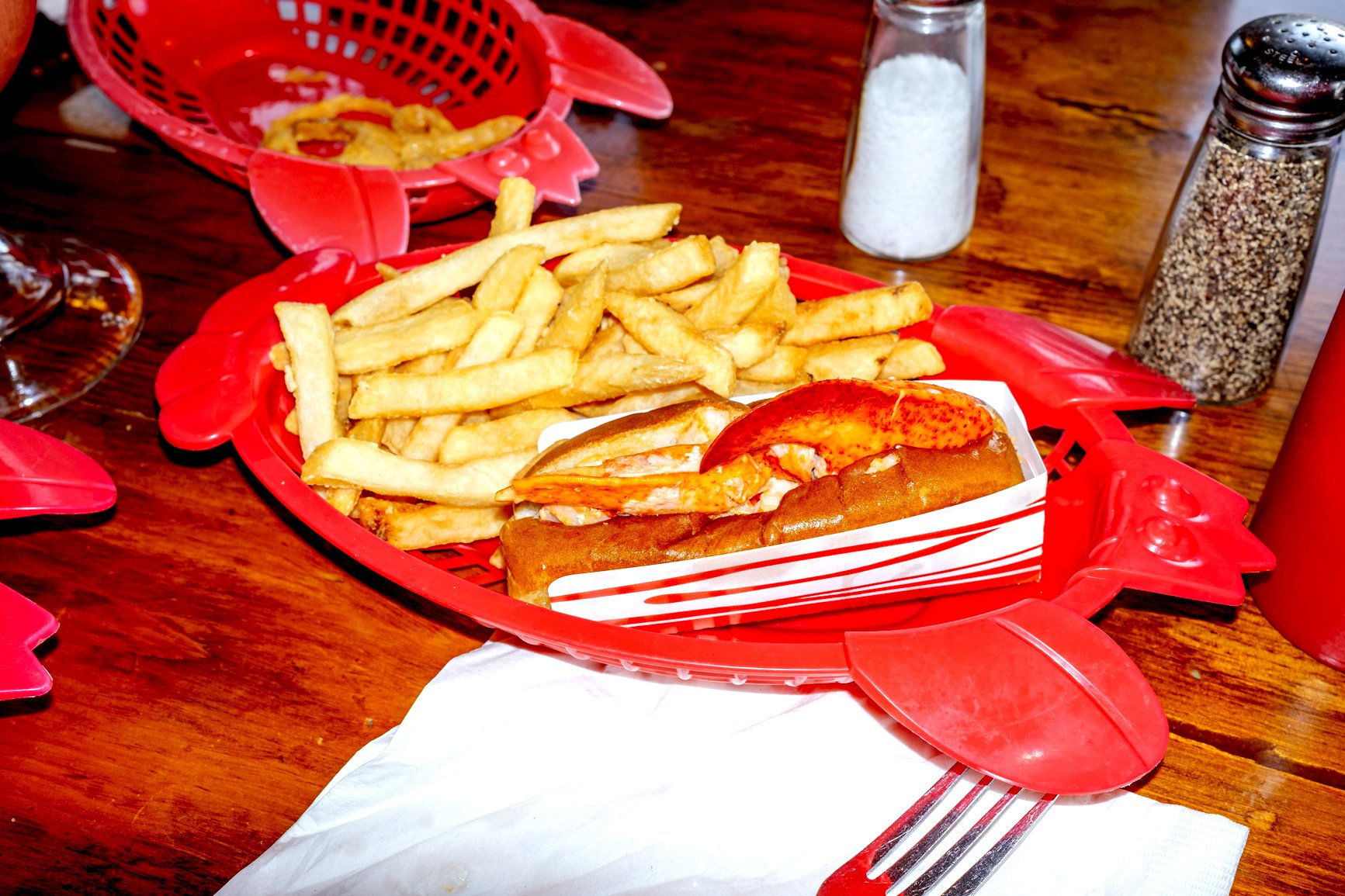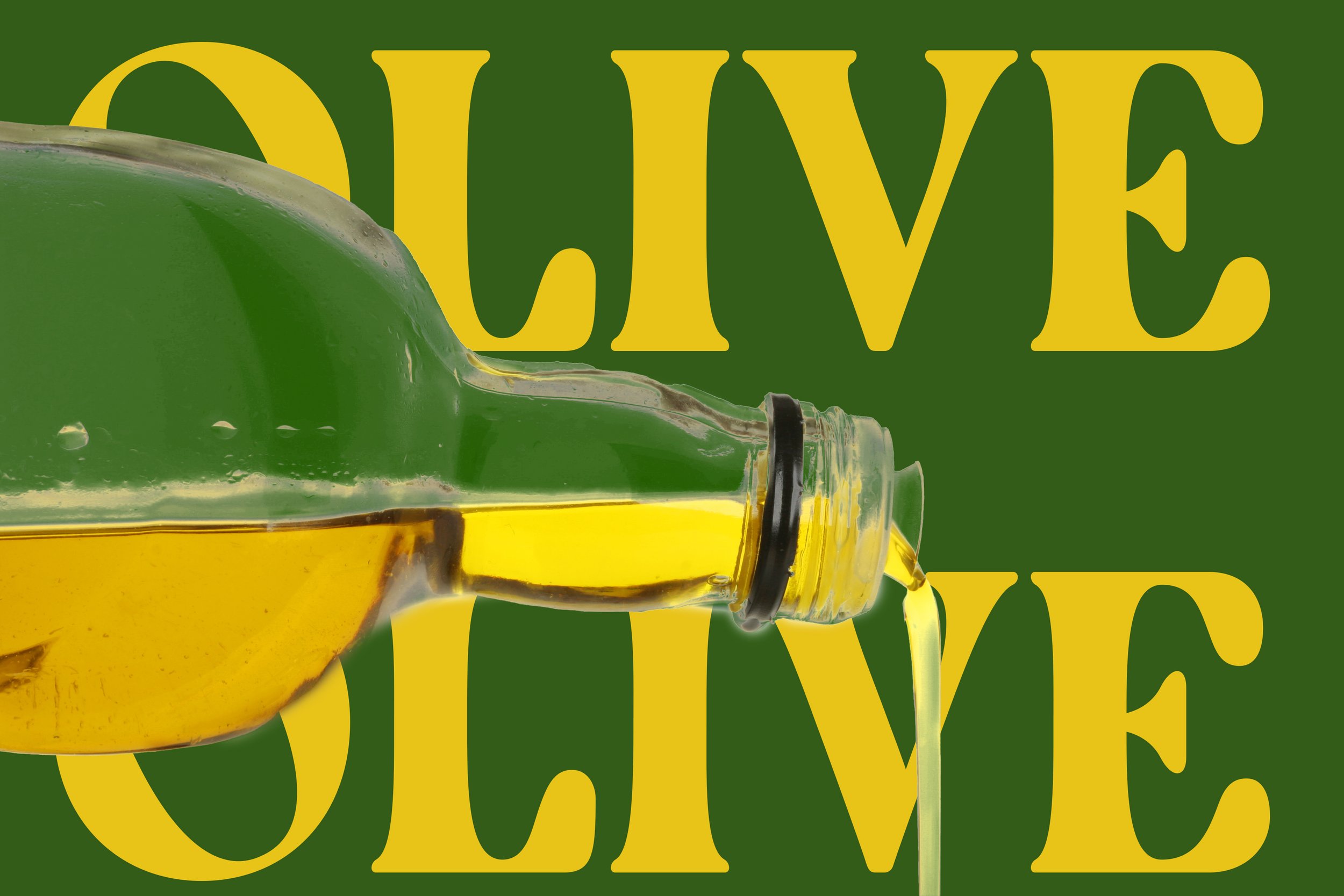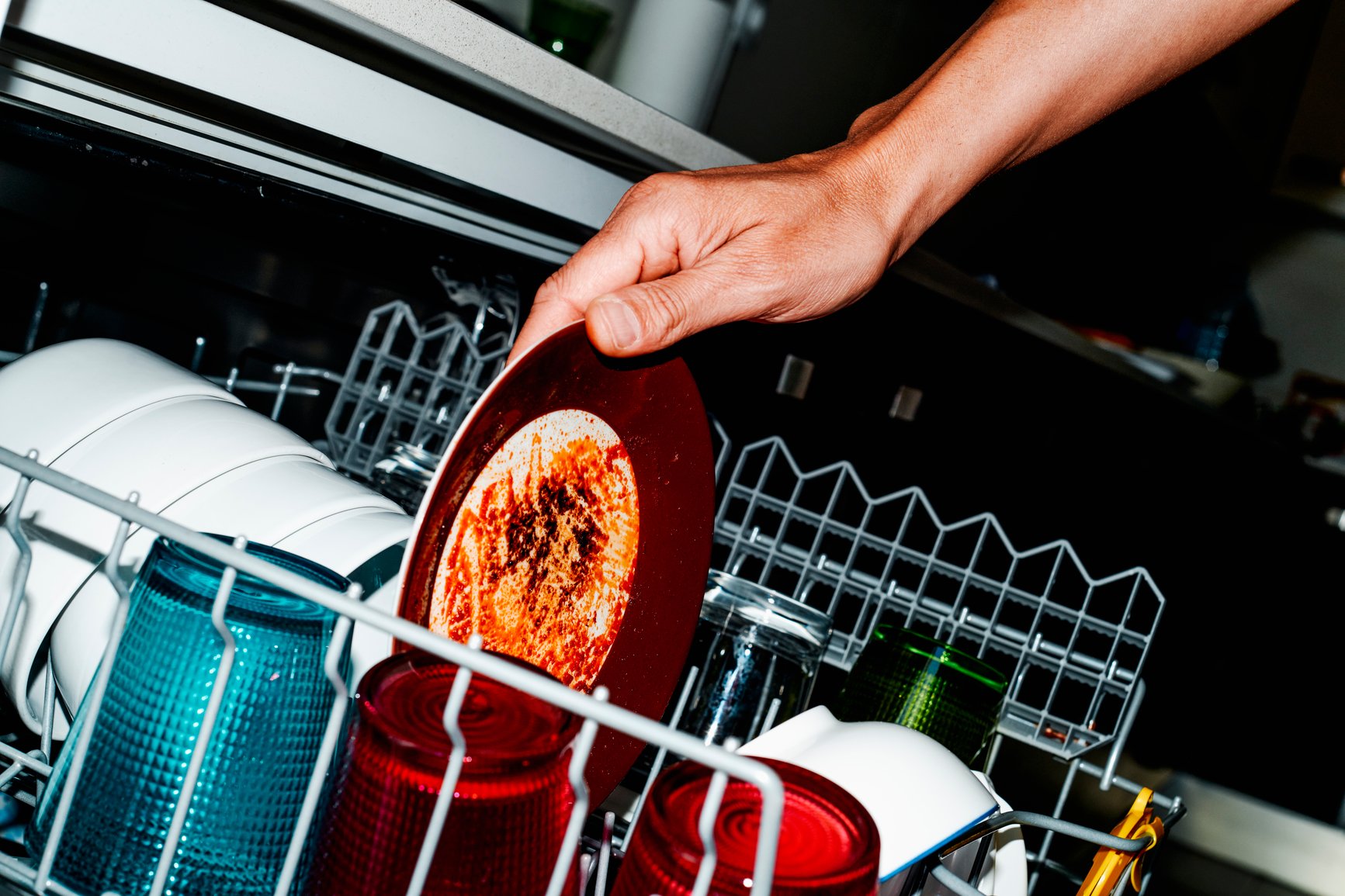Let's Talk About a Once-Humble Ol' Crustacean—The Lobster
“Formerly excessive and ugly…”
BY STAFF @the Brimly Test KitchenJune 11, 2024

Image Source/Editors @ Brimly
5 minute ReadINFO CONTENTFEATURE ARTICLEOBJECTIVE VIEWOnce a lowly prisoner's meal, now a high-society sensation – the surprising transformation of the humble lobster.
Let's talk about lobsters. Yes, those seawater-salty crustaceans that everyone seems to adore these days. From the shores of Maine to the luxurious dishes of Japan, lobster is hailed as one of the most elegant seafood options out there. But what if I told you it wasn't always this way? Yep, that's right. Lobster wasn't always the high-class delicacy we know today.
In early colonial America, Native Americans used lobster as fertilizer and ate it as a basic, everyday food. Piles upon piles of lobster, sometimes two feet high, would wash up on shore. When the colonists arrived, they didn't see lobsters as a fancy meal. In fact, they thought so little of it that they used it for the same purposes as the Native Americans. Believe it or not, lobster was even considered jail food. Sounds almost glamorous, right? Well, not quite.
Back then, early Americans didn't really know how to cook or preserve lobster. Lobster is a delicate food that needs to be prepared in a specific way to be enjoyed. Most of the prisoners weren't dining on delicious Maine lobster rolls. They were likely eating a gross, slop-like mix of spoiled lobster meat, thrown together with other unappetizing ingredients. Definitely not the luxurious meal we think of today.
So, how did lobster go from being seen as fertilizer and jail food to becoming one of the most respected delicacies? It all changed when people started canning lobster. The canning process preserved the lobster in buttery goodness, and people all over America began to catch on. Suddenly, canned lobster was the hot new thing. It flipped the perception of lobster completely upside down. This formerly excess, ugly, poor man's food became a coveted treat.
The game really changed again in the 1800s with the invention of trains. With trains, people could now enjoy fresh lobster far from the shore. This was revolutionary. Before trains, Americans didn't know how to cook lobster properly, and it was just another undesirable food item. But as trains made fresh lobster accessible, people started to realize just how delicious it could be.
European elites already knew lobster was a delicacy, but in America, it took some time for people to catch on. The advent of fresh lobster deliveries made all the difference. People began to boil and cook lobster correctly, and its reputation soared. Prices skyrocketed. Nowadays, you can't get a lobster roll for less than $20, and in fancy restaurants, lobster dishes can cost $100, $200, or even more.
Our round-up is:
So, next time you indulge in a succulent lobster dinner, take a moment to appreciate its rags-to-riches story. This little crustacean has come a long way from being seen as nothing more than fertilizer and prison food. It's a testament to how perceptions can change over time. With the right circumstances and a little bit of luck, even the most underestimated things can rise to prominence.
Lobster's journey from jail food to gourmet delight is fascinating. It shows how societal views can shift dramatically. What was once considered the lowest of the low is now one of the highest forms of culinary art. We should be grateful for this transformation and the delicious meals it provides. Whether it's a classic lobster roll or a high-end lobster dish at a fancy restaurant, we're enjoying a piece of culinary history every time we dig in.
So, here's to the lobster—a symbol of change, resilience, and the surprising twists of food history. Let's enjoy every buttery bite and remember how far this humble crustacean has come.
5 Must-Have Olive Oils for Your Pantry
These top olive oils make it easier to elevate cooking.
view:MORE TO READ
BY BrimlyBY BrimlyBY BrimlyBY Brimly









